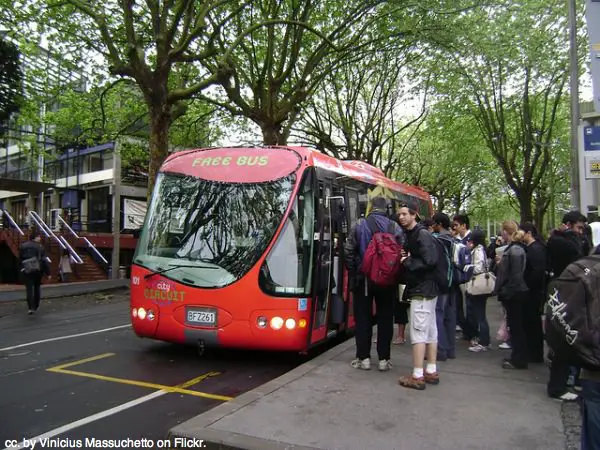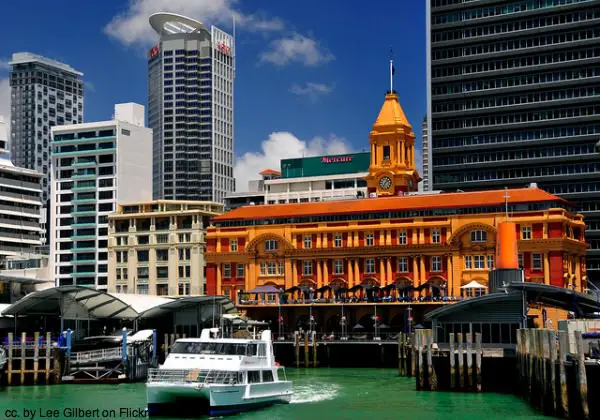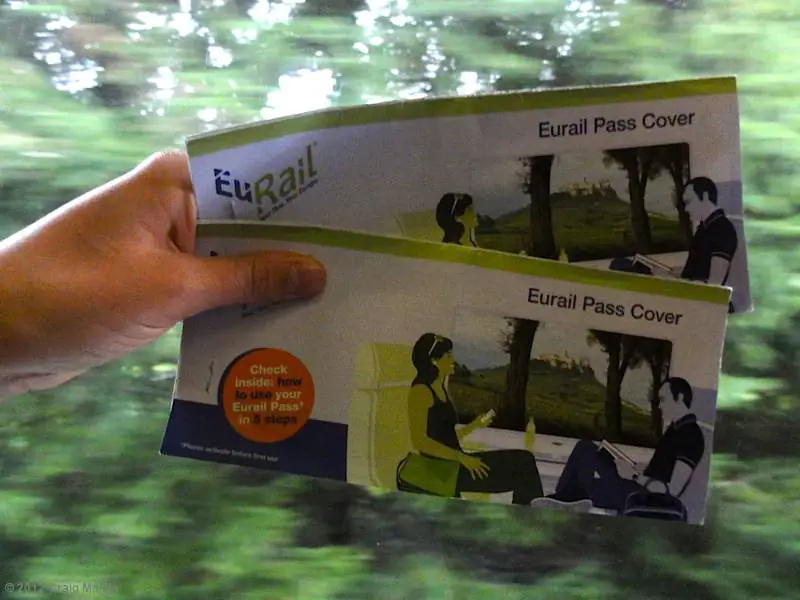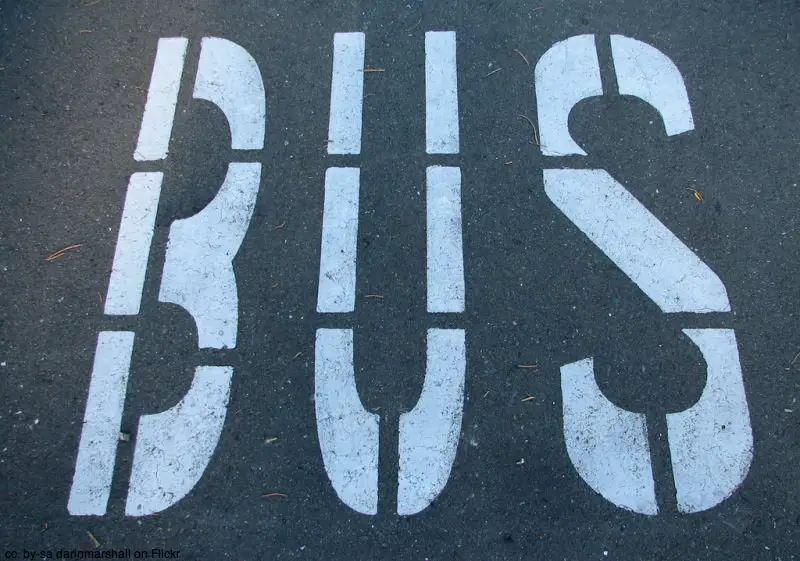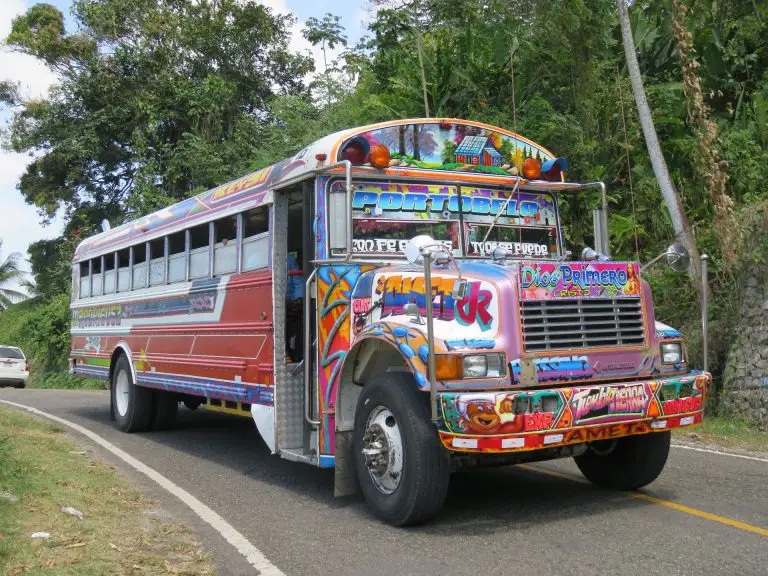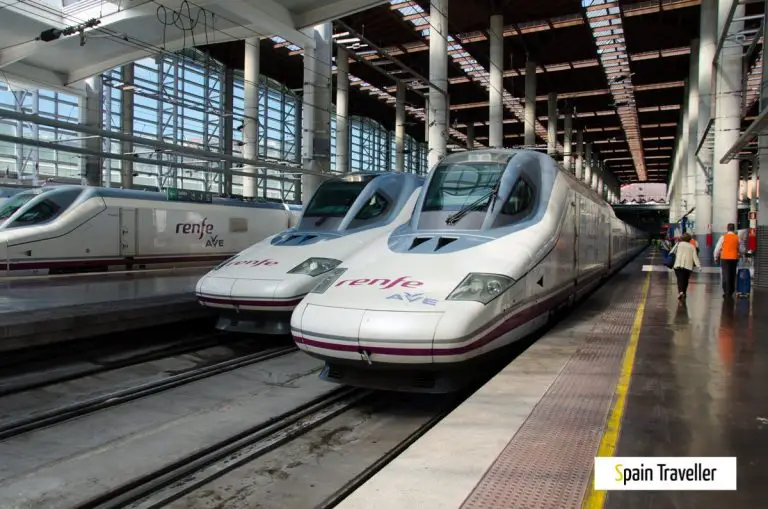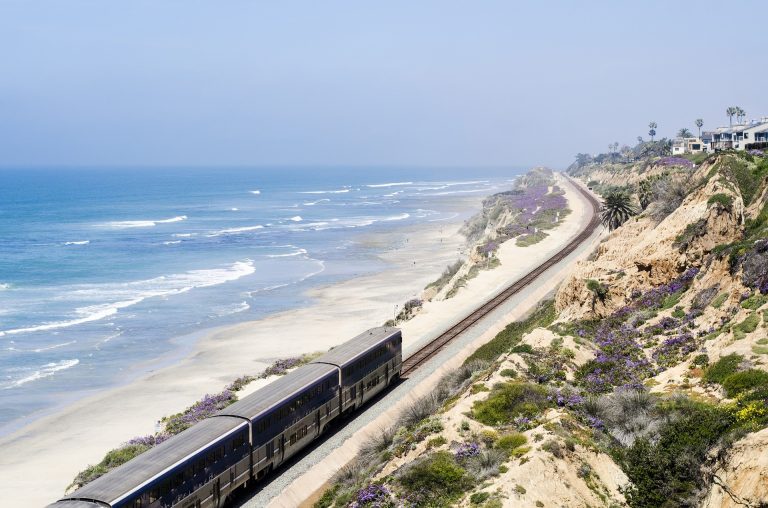How to get around in Auckland, New Zealand
Auckland is a sprawling city, stretching around 100km from north to south. Yes, it’s narrow, positioned on an isthmus squeezed between the Pacific Ocean and the Tasman Sea, but travelling distances are vast if you’re trying to get anywhere at all.
Low population density and a general propensity to drive has meant that Auckland’s public transport system isn’t the best example of its kind. Buses run infrequently and not very punctually, and the train lines are limited to a few suburbs.
However, it is possible to get around in Auckland, regardless of how long you’re staying for, and in some cases you even have options.
1. Car
Motor transport is far and away the best way to get around Auckland, and if you’re planning further travel in New Zealand, you should definitely get your hands on one. Car hire prices are reasonable, but you’re better off buying a car when you arrive then selling it when you leave. Try the Backpackers Car Fair, look for notices in your hostel, or look online on Trademe or Gumtree. A Spaceship campervan is also a great option – it drives like a car but you can also sleep in it.
Parking can be an issue in the central city, just like in most major cities, but parking buildings usually have spaces available. Be aware that parking wardens patrol the streets with a vengeance and spending even five minutes more than the signed time limit could yield you a parking fine.
2. Bus
The bus network in Auckland is quite extensive, but the buses run infrequently. Use the Maxx website to plan your journey; you’ll also be able to find an indication of prices as well – they generally range between $2 and $4. You can buy your tickets on the bus from the driver (in cash, make sure you have change), who can also sell you a daily pass. Monthly passes are available from selected outlets – Auckland’s transport hub, Britomart Transport Centre, being the most logical place to start. A new tag-on, tag-off system is currently being introduced, which should hopefully cut down on the time it takes to get on to the bus.
There’s a tourist bus which allows you to hop on and hop off to visit the major landmarks of Auckland – don’t bother with it. Get a daily pass and work out your own route; many of the attractions are along the east coast bays waterfront which is easy to get to by public bus.
3. Train
Over the last few years, track extensions and infrastructure improvements has made taking the train a viable option for many. The trains aren’t as frequent as they could be, and only run to a few suburbs, but if you’re staying near a station it could be a good option. The carriages tend to be clean and comfortable, though quite packed at rush times, and you can buy your ticket from a conductor on board – you have the option of a single-ride ticket or a 10-ride pass. The conductor will clip your ticket to show it has been used.
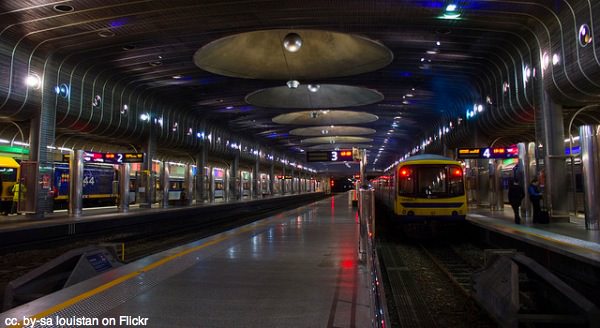
4. Ferry
Auckland’s location on the Waitemata Harbour makes water an ever-present factor. If you’re staying on the North Shore and need to get into the city (or vice versa) the Harbour Bridge makes the road journey quick and efficient. But there’s also a water route: a 15-minute ferry from Devonport to the central city. Find times and prices (about $6 each way) at http://maxx.co.nz.
Ferry’s your only (affordable) option for getting to the islands of Rangitoto and Waiheke. Rangitoto, an Auckland landmark, is visible from all of the east coast beaches and most of the ones on the north shore. It’s a volcanic island that’s worth visiting for a hike and a picnic.
Waiheke’s also great for a day-trip or overnight trip, the 45-minute ferry costs $19. If you want to take a car across (and that’s not a bad idea) you’ll need to drive to Half Moon Bay and catch the Sealink ferry; your other option is Fullers from the city. The buses on Waiheke are very infrequent and are independent from the network in the rest of Auckland; you can’t use a daily or monthly pass on these buses.
Buy your ferry tickets from the kiosk before you board; if you’re leaving from the city your ticket will be checked there, and will also be checked there on your return.
5. Walk or cycle
Auckland’s city centre is compact, you can see a lot of it on foot; the nearby suburbs of Parnell and Ponsonby are also walkable. If you get tired, a free bus runs a circle route through the centre of town.
Cyclists can use bus lanes and there are dedicated cycle lanes around the waterfront. You can’t cycle or travel by scooter across the Harbour Bridge though, so keep that in mind while planning route.
Auckland may not be the easiest city to get around, but the transport systems are definitely showing an improvement. Plus, some of the journeys are positively scenic – definitely worth a $4 pricetag.

